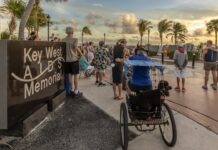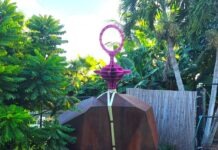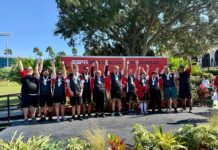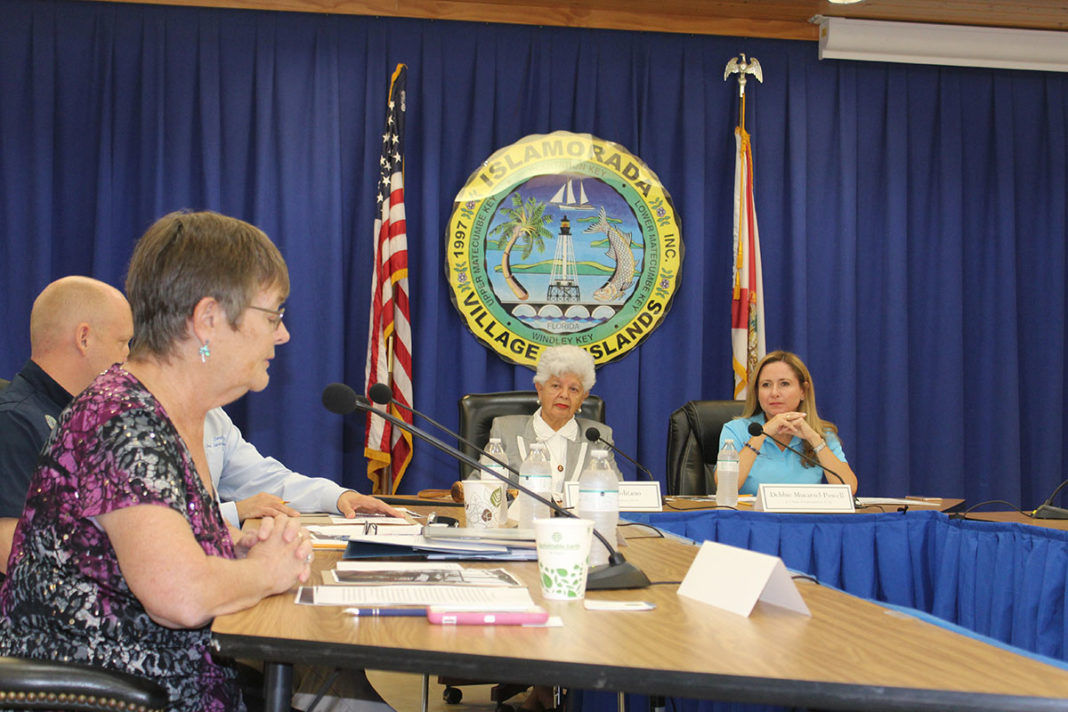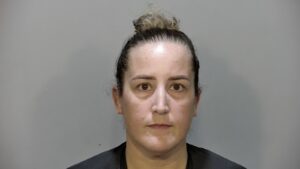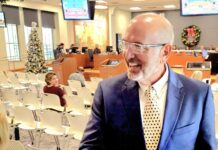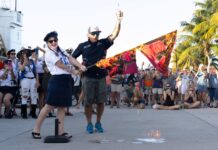Federal, state and local representatives voiced urgency and stressed collaboration on Everglades restoration during a recent roundtable gathering at Islamorada’s Founders Park Community Center.
Talks kicked off the U.S. House Resources and Environment Subcommittee’s work to establish a blueprint for the Water Resources Development Act of 2020, which authorizes spending on water resource projects such as navigation, flood control and water supply for the U.S. Army Corps of Engineers. Sitting on the subcommittee, and in attendance for the roundtable, were U.S. Rep. Debbie Mucarsel-Powell, who serves as vice chair, and U.S. Rep. Grace Napolitano, of California, who serves as subcommittee chairwoman.
WRDA legislation provides funding for a two-year period and was last authorized in 2018. With 2020 around the corner, Napolitano noted that enacting WRDA for another two years demonstrates commitment to water resources in Florida and throughout the country. Napolitano’s first visit to Islamorada ended with an airboat tour of the Everglades.
“If we are serious about 21st century infrastructure, we’ve got to do better than the status quo,” she said. “WRDA is the next opportunity to evaluate particular recommendations, take them back (to Washington, D.C.) and discuss with the full committee and the Senate.”
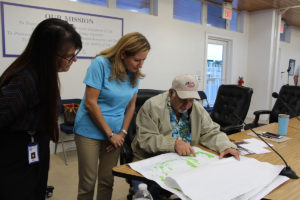
Every aspect of life is connected to clean water, as Mucarsel-Powell noted in her opening remarks that a healthy flow from Lake Okeechobee is vital for farmers in Homestead and tourism in the Keys. And she said the Comprehensive Everglades Restoration Plan (CERP) has been the blueprint to do just that. Authorized by Congress in 2000, the plan to restore, preserve and protect the south Florida ecosystem through a number of projects has been plagued by funding and lack of urgency. The plan consists of 68 modifications to central and south Florida infrastructure.
“We need to all understand that there should not be politics involved and that we need to come together for the sake of our environment, our future generations and our livelihoods,” Mucarsel-Powell said.
Joining the congresswomen were Florida Department of Environmental Protection Secretary Noah Valenstein; Mary Barley, of the Everglades Foundation; and Islamorada Mayor Deb Gillis and Village Council member Cheryl Meads, who also serves on the South Florida Water Management District board.
Barley noted that the CERP authorization process by Congress is slowing the Everglades Restoration process, since each project needs a separate approval. And that leaves Everglades constantly vulnerable to national infrastructure politics. Since 2000, there have been two seven-year periods that saw no congressional approval of WRDA, Barley said.
“That’s 14 years of projects that we could not get through,” she said. “The CERP planning process is robust to produce some projects that meet objectives Congress laid out in 2000. Let’s get on with the rest (of the projects) so we can finish the program for the Everglades and the millions of acres of federal assets including national parks, a national sanctuary and a national preserve.”
Barley said there have been glimpses of resolve in terms of moving projects along. In 2013, the second phase of the Tamiami Trail project accelerated and completed in record time. In 2017, the state accelerated Everglades reservoir planning.
Overall, Valenstein said, he hopes opportunities for funding to implement projects move faster.
“Whether it be block grants for states, let’s empower the state to move forward. Any opportunity we can find to reduce time it takes to get a project done is going to benefit not just the environment, but the momentum we’re seeing as a state,” he said.
Just days after the roundtable, Gov. Ron DeSantis announced that the Florida cabinet took action to expedite construction of the Everglades Agricultural Area (EAA) Reservoir Project. The joint restoration project will see the U.S. Army Corps of Engineers constructing the storage reservoir while the South Florida Water Management District constructs the water-cleansing stormwater treatment area. The SFWMD is already conducting geotechnical work on the project site and will begin site preparations as soon as the permits for the project are approved by the U.S. Army Corps of Engineers.
“We are proceeding full steam ahead on this critical project to reduce harmful discharges and help send more clean water south of the Everglades,” DeSantis said.
Gillis said the Florida Bay and the Keys economy will suffer without additional flow of freshwater. She said it’s not just about funding. It’s also about expediting projects.
During public comment, Capt. Steve Friedman, commodore of the Florida Keys Fishing Guides Association, urged Napolitano to visit the end of the pipeline in Florida Bay. Thanks to the Army Corps, Friedman said, there’s increased water flow. And it’s showing beneficial results.
“I was standing at the dock in Flamingo last week. For the first time in my 20-year career, I saw an alligator. It was not a crocodile. We’re getting fresh water. That’s good, but we need more of it and we need it faster.”
Also joining the roundtable were state Sen. Jose Javier Rodriguez; Michael Rubin, Florida Ports Council; and Jayantha Obeysekera from Florida International University.


